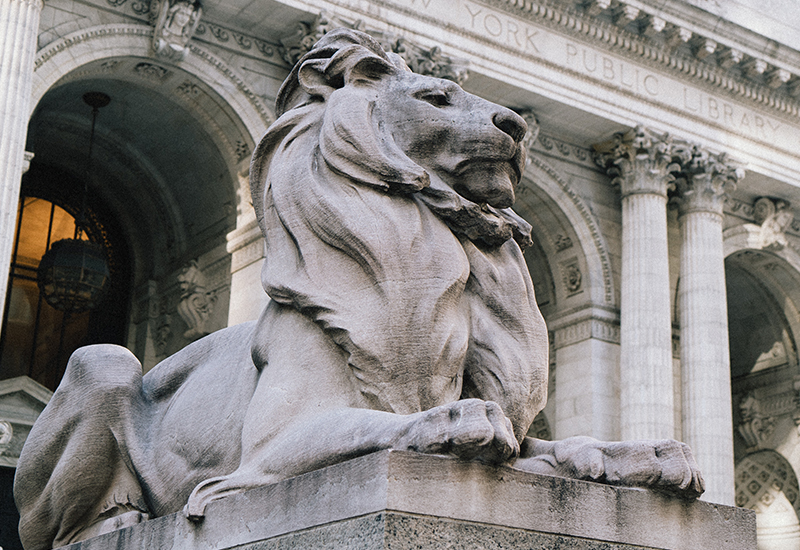Private credit’s counter-cyclical lending pattern suggests that it has become an essential component of economic resilience, stepping in when conventional financing evaporates during economic disruptions.
“We’ve been in the direct lending business for 21 years now—we’ve been through lots and lots of cycles,” said Kort Schnabel, CEO of ARCC and Co-Head of U.S. Direct Lending in the Ares Credit Group. “The Great Financial Crisis. Energy cycles. We’ve been through COVID, different political environments.”
Those two decades indeed encompassed some of the most severe economic disruptions in modern history. Private credit’s journey log included the 2008 financial meltdown; the 2014–2016 energy bust that saw oil prices crater from over $100 to below $30 per barrel; the pandemic-induced economic shutdown of 2020; and the Federal Reserve’s most aggressive interest-rate campaign in decades. Each presented unique challenges that tested different aspects of the private credit model—from credit quality and liquidity to operational resilience and investor confidence.
The performance data from these decades of storms has been revealing. While traditional bank lending contracted seven times over 25 years during market stress—averaging 7% declines—private credit contracted just once, more than a decade ago, and only by 2%. The 20-year track record shows direct lending achieving 9.5% annual returns with 1% loss rates, compared to high-yield bonds’ 6.5% returns and 1.4% losses, according to Cliffwater and Bloomberg data. Across four major market disruptions, it demonstrated the least volatile performance among debt investments and equities—outperforming on both risk and return metrics.
That track record spans the full spectrum of monetary policy conditions—from the ultra-low rates following 2008 and again during COVID, to the Federal Reserve’s recent aggressive tightening cycle that pushed rates to 20-year highs. Through those periods of market volatility, direct lending has had the least volatile performance vs. other debt investments and the S&P 500.
“We’ve operated in all different interest rate environments, and we’ve generated a healthy and stable return for our investors through all of those different periods,” Schnabel explained. “So I think that the narrative about private credit not having been through a cycle really doesn’t ring true for me.”
Rather than being untested, private credit has actually served as a stabilizing force during recent economic disruptions. When traditional bank lending pulled back during market stress, private credit continued funding the 200,000 middle-market companies that generate a third of America’s private sector GDP and employ 48 million people. This counter-cyclical lending pattern suggests the industry has become an essential component of economic resilience, stepping in precisely when conventional financing evaporates.
In other words, when it comes to private credit, the ship has not only weathered the storms—it might be past time for outdated perceptions to disappear over the horizon.





